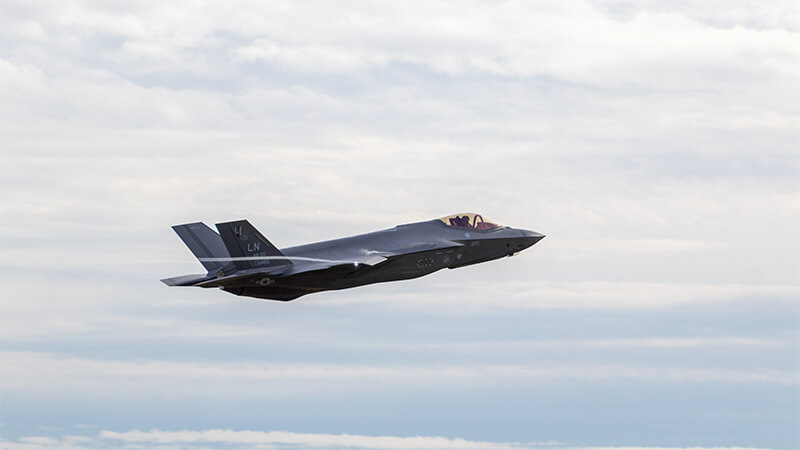

Military aircraft have come a long way since the first recon balloons of the later-18th century. However, concepts have evolved massively, even in the last 80 years since World War II.
Modern military aircraft rely on stealth tech, autonomy, remote control, and other cutting-edge concepts. To understand where the industry is heading, let’s look at the evolution of military aircraft over the last century.
The first military aircraft served as recon vehicles for monitoring the state of a battlefield. The FB5 “pusher” plane was used by the British during WWI to observe enemy troops. Due to its ability to actually move, it was a massive upgrade on the previous recon balloons that had been in use for well over a hundred years.
Of course, WW1 also saw the introduction of fighter aircraft, which evolved massively in the interwar period. WW2 led to the rise of far more manoeuvrable aircraft, such as the Spitfire, and the introduction of bomber planes and ballistic missiles.
Along with ballistic missiles (such as the V2), WW2 also brought about the jet fighter, arguably one of the most important developments in military aircraft. The German Me 262 was flown by the Luftwaffe in 1944 and was capable of flying faster, higher, and farther than previous aircraft.
Perhaps the next major development in military tech was the rise of helicopters. Although they weren’t novel in the 1950s, they rose in prominence during the Korean War.
Since the 1950s, military aircraft technology has grown exponentially. This period saw the air-to-air missile, another major game-changer, and VTOL aircraft, specifically the Harrier jump jet. As our understanding of technology grew, military aircraft went hypersonic and became (largely) undetectable with the introduction of stealth technology.
Recent decades have been largely dominated by the rise of drones in the military, both for recon and combat purposes. The major advantage of unmanned aerial vehicles is that they remove the pilot from the combat environment, largely improving safety while also increasing the drone’s flexibility on the battlefield.
So, where does this leave us for the future of military aircraft? As we’ve written previously, drone technology will likely dominate in the short term. Whether it’s single drones or swarms, the benefits of removing the pilot from the battlefield are a big draw for militaries.
However, drones have several other advantages in combat situations. They’re cheaper to produce than aircraft, are fairly flexible, and most have modular recon and combat upgrades that can be swapped out as needed for different missions.
This won’t mean the death of the plane or helicopter, though. Military fighter jets are more technologically advanced than ever before, relying on major advances in computer-based services to make them smarter, safer, and more accurate than ever before.
The Tempest is a prime example of this in action. It can fly unmanned and use swarm technology as well as AI deep learning for battlefield insights. The pilot will wear an augmented reality helmet to integrate them into the aircraft innovatively.
The technology used by the Tempest points towards the general future of military aircraft. We likely won’t see the complete removal of pilots anytime soon, but instead, we’ll see their role augmented by smarter computer-based systems. This is what military aircraft progression will look like reliance on smarter, more accurate, and more flexible computer technology.
